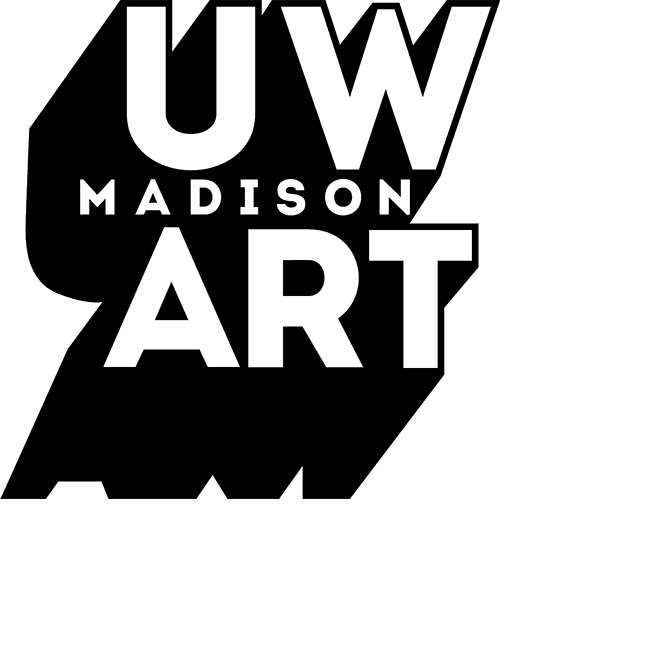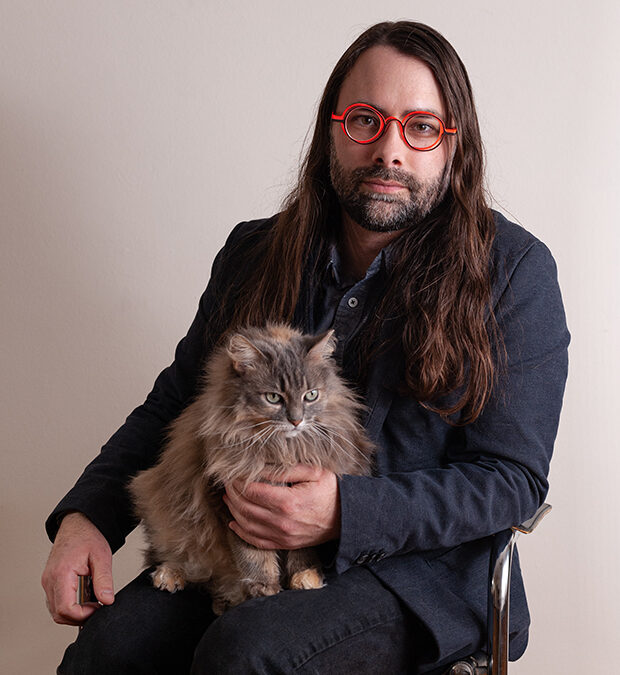Over the next few months we are offering a glimpse into the creative process of the Art Department’s graduating master of fine arts candidates, who are presenting their final thesis exhibitions throughout the spring semester. These exhibitions represent the culmination of years of dedicated study and artistic exploration, showcasing our students’ diverse talents and innovative approaches to art-making.
Jason Houge is a photo-based artist and visual storyteller, who engages in a social documentary practice he calls “Compassionate Photography” founded on empathy, emotional awareness, acceptance, and change.
“Through my work I aim to preserve a sense of a life lived today,” Houge writes in an artist’s statement. “I am photographing for posterity, to make a historical record that converses with an uncertain future, from the perspective of my own experiences and interactions with people during my life. Perhaps the most vital facet of this work, for me, is how images work in chorus with one another to build a sum greater than the parts.”
Houge’s final thesis exhibition, “The Westlands,” will be on view at UW–Madison’s Art Lofts Gallery from Feb. 25 – March 8. A reception, which is free and open to the public, will take place on Monday, March 3, from 5-8 p.m.
We asked Houge to share some insights about his exhibition. Following is an edited Q&A:
What inspired you to create “The Westlands”? This question takes a lot more than a few sentences to answer. I have created a newspaper that will be available during the exhibition to answer the how and why, and to help the reader gain a greater sense about who I am as the artist — my approach and my process.
But the short answer is: I am deeply interested in the situation regarding the Colorado River Watershed. Between 2023 and 2024 I set out on two expeditions to follow the Colorado River from its headwaters in Northern Colorado to where it dries up in the desert, south of Yuma, Arizona. I traveled to each state where this water and its tributaries nourish because I wanted to see for myself, and to photograph, what is at stake if this river system were to collapse.

